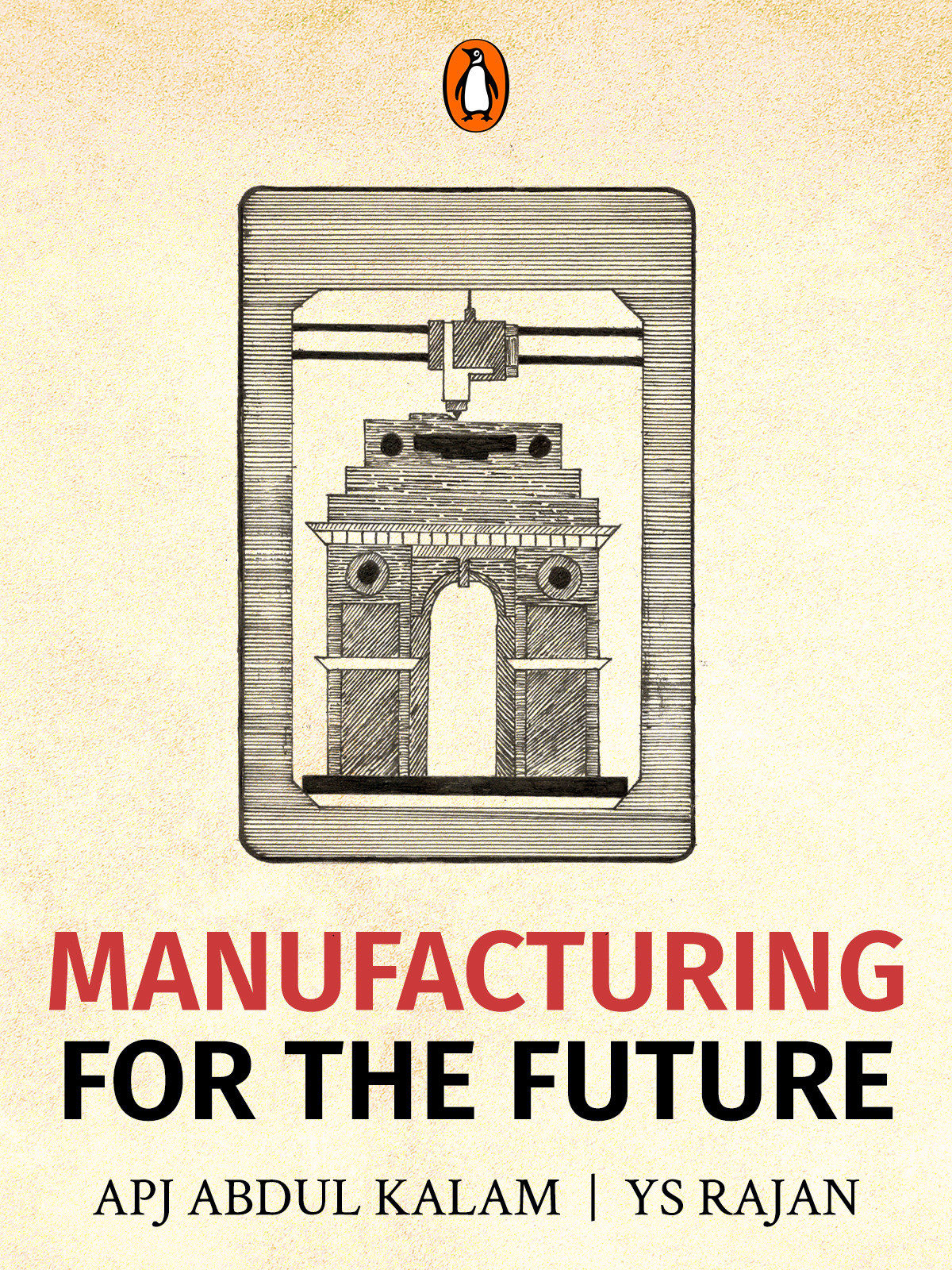
A country of a billion-plus people has to excel in many crucial sectors; manufacturing is one of them.’
Mankind has seen rapid transformation in the last 150 years with the advent of electricity and its large-scale application, which led to mass-manufacturing techniques that were perfected in western nations and later taken to new levels of efficiency by Japan. The presence of traditional Indian skills in medicine, metallurgy, construction, textiles, hydraulics, or early shipbuilding, was an integral part of our innovation in ancient and medieval times. However, India was a latecomer when it came to learning new manufacturing techniques invented in Europe.
India stands to gain enormously by the coupling of computers and the manufacturing process. But how do we go about realizing this vision, drawing out the great potential of our people?
Read on as A.P.J. Abdul Kalam and Y.S. Rajan elaborate upon answering the most fundamental questions about India’s manufacturing potential in Manufacturing for the Future.
Imprint: Penguin
Published: Nov/2018
Length : 16 Pages
MRP : ₹15.00
The Constitution of India came into effect on 26th January, 1950. As we celebrate India’s 72nd Republic Day, let’s dig deeper to understand the journey till this day in 1950, and our journey since then. Here is a list of books from various authors, including Abhinav Chandrachud, Ramachandra Guha, Khushwant Singh, Sagarika Ghosh, K.R. Narayanan […]
